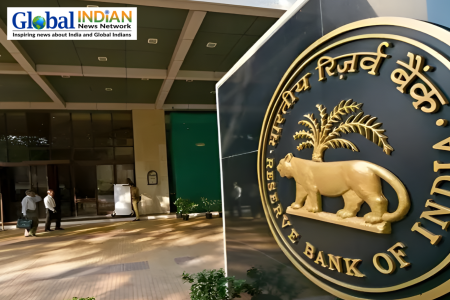
The Indian economy is projected to grow beyond 7 percent, potentially reaching up to 7.5 percent in the current fiscal year, according to the National Council of Applied Economic Research (NCAER). This optimistic outlook is attributed to a normal monsoon season and decreased electoral uncertainty. In its July 2024 Monthly Economic Review, NCAER noted that India’s real GDP increased by 8.2 percent in FY2023-24, driven by robust consumption demand and steadily improving investment demand.
Poonam Gupta, NCAER’s director general, highlighted that the growth forecast is based on the current momentum in high-frequency indicators, a normalized monsoon, a favorable global outlook, and reduced electoral uncertainties both domestically and globally. She added that the Union Budget 2024-25 met expectations for fiscal consolidation, prudence, and quality, maintaining a fiscal deficit target of 4.9 percent of GDP and capital expenditure at 2.4 percent of GDP.
NCAER’s growth strategy for the short to medium term focuses on six key areas: private sector capital formation, green transition financing, MSME development, agricultural transformation, education and skill development, and enhanced state capacity. The NCAER-NSE business confidence index rose to 149.8 in the first quarter of FY25, up from 138.2 in the fourth quarter of FY24, reflecting improved business sentiment.
The International Monetary Fund (IMF) has revised its growth projection for India upwards to 7 percent, while the Asian Development Bank (ADB) has maintained its projection at 7 percent for FY2024-25. Projections for India’s growth this fiscal year range from 6.6 to 7.2 percent. According to the Economic Survey 2023-24, India’s real GDP grew by 8.2 percent in FY2023-24 due to stable consumption and improving investment demand. For FY2024-25, the growth is projected between 6.57 percent, with nominal GDP expected to grow at 10.5 percent and the fiscal deficit budgeted at 4.9 percent of GDP.













